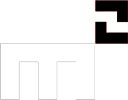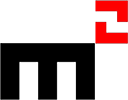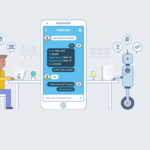A lot of exciting things are happening across the NSW Government in the digital space, but there’s currently no consistent approach for how we design digital services, reusable components, websites, apps, and online registration processes to name a few. We’ve identified that providing better guidance, a standard, reference implementations, and support would get better outcomes for NSW.
So, we’re creating a Digital Design System (DDS for short) that’s a living, breathing repository of a standard, guides and reusable components to help teams across Government deliver consistent and cohesive digital services for our citizens and within Government.
Design systems are typically made up of:
- Principles and/or standards that underpin how a service is designed
- Style guide to create a consistent look and feel (think branding, colours, typography)
- Reusable components to build web interfaces (think a library of open source code for common features you see on the web like buttons, banners, checkboxes)
- How-to guides for topic areas like accessible design and writing content
In short, a design system is ‘the bits to do the thing.
While the number and detail of the standards or principles varies (industry tends to have less and Government more), there are common themes that we’ve initially grouped into five buckets:
- Design for the user. This means:
- identifying the problem and solving for it using evidence
- understanding who the users are and their needs
- leaving no one behind when we design, so that means making things accessible and available
- understanding the nature of the environment you’re operating in, its limits and opportunities
- thinking about the service as-a-whole and designing end-to-end
- addressing privacy and security
- Make sure there’s no unnecessary complexity. This means:
- designing with purpose
- focusing on what will deliver the most value for the user
- the user can use the service the first go
- Create a consistent and familiar experience. This means:
- unifying and reusing over re-inventing
- making and using open source code
- Continuously improve output. This means:
- starting small, testing and progressively improving based on evidence
- being flexible, responsive and adaptive to change
- building sustainable teams and products
- Collaborate, be open and share. This means:
- sharing what we make and learn
- getting the right mix of capabilities in the team
We’re using these buckets as a starting point to develop a Digital Design Standard that will include mandatory and best practice requirements.
https://blog.prototypr.io/business-and-design-have-not-always-been-the-best-of-friends-f78840cbb639





